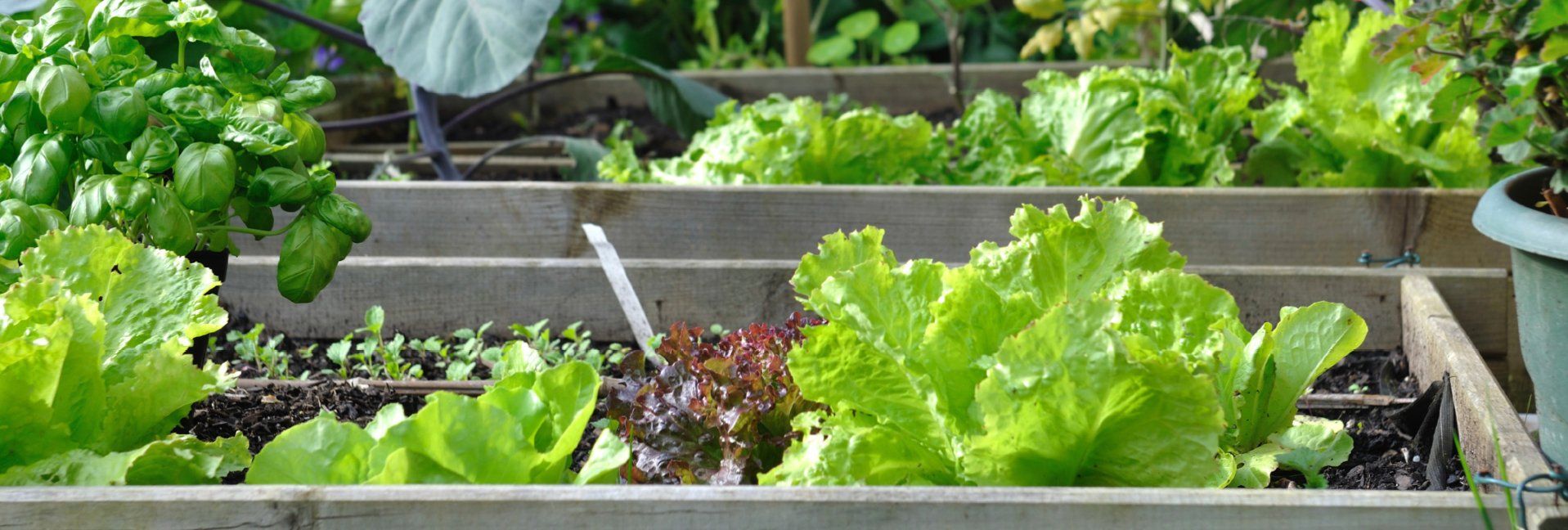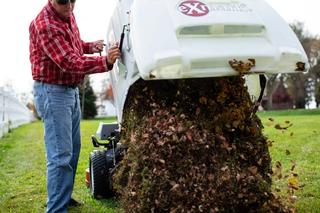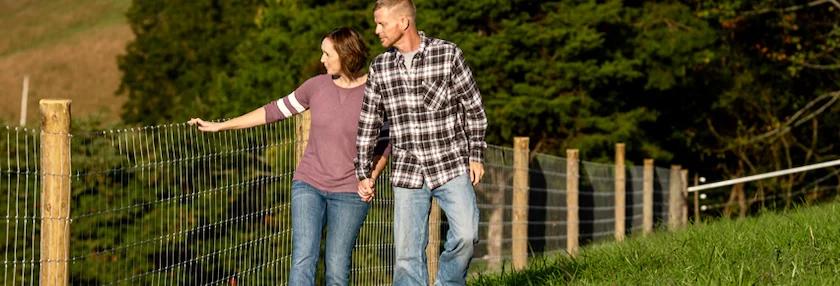5 Ways to Create a Beautiful Garden


I abhor the look of weedy vegetable gardens. I know, we all start off in the spring with grand plans for growing a beautiful, fruitful garden. Then it gets hot and dry, the weeds march in like ants at a picnic, and we just can’t seem to keep up.
Savvy gardeners have a few tricks up their sleeves that keep their gardens looking beautiful even when they go on vacation. Those tricks don’t just make things pretty, either; they’re good gardening practices.
Plant more color
Rows of green beans, green broccoli, green kale, and green cabbages can get a little boring. For a more beautiful view, plant some color amongst the veggies. As an added bonus, this practice doesn’t just make things pretty but also deters pests.
“I have annuals planted in amongst my vegetables,” says Jenny Cazzola from Oklahoma. “I let them go to seed, the seeds drop wherever; so at the peak season I have a mess of delightfully untidy zinnias, cleome, and four o’clocks growing with my tomatoes and peppers.”
Plant marigolds in with the green beans to repel Mexican bean beetle. Marigolds come in several varieties of colors and height. Chives produce a lovely lavender-colored flower and repel aphids. Tansy discourages cabbage worms and squash bugs. Some of these flowers are also edible and delicious in salads. Consider nasturtiums, pansies, and violets for color both in the garden and on your plate.
“I always use yellow if the garden is to be viewed from a distance,” says Becky Neville, an Arizona homesteader, “because it’s easy to see and looks like sunshine.” If you need some ideas, Neville has a few suggestions.
“Pansies are my favorite for low-growing yellow. Sunflowers for tall yellow. Coreopsis for mid-levels,” she says.
In addition to flowers, you will find lots of colors in the vegetable world. Rainbow Swiss chard is much prettier than the plain green variety. Tomatoes come in red, yellow, black, and orange. And, cauliflower, cabbage, and even beans have colorful variations.

Plant inside the box
To keep things looking like you have everything under control, consider building raised garden beds.
“My vegetable garden is planted in raised beds with gravel pathways,” says Cazzola. They aren’t just neat and tidy, either. Raised beds prevent soil compaction, facilitate drainage, and act as a barrier for some pests. If raised beds aren’t practical for your situation, add a decorative border or small picket fence around your garden area.
A garden border doesn’t have to be expensive. Consider building a small fence using upcycled pallet wood or tree branches. Things you have on hand, like extra bricks or river rock work nicely, too.
Another idea is to plant your veggies in scattered areas around your property.
“I build a garden around a permanent structure of some kind,” says Neville, “a border with a defined shape, a stack of rocks, a statue or birdbath—something that pulls the eye to the space that will always be there in any season.”
Add a touch of art or whimsy
Lawn ornaments can add a touch of class to your garden space. Statuary, toad houses, or whirligigs all have the necessary charm to keep your garden beautiful to the bitter end.
A birdbath is the focal point of Cazzola’s garden.
“I have in the past tied tiny prayer flags to my tomato cages,” shares this homesteader from Oklahoma. “They are made of torn bandanas in colors that represent the five elements.”
Grow some things in containers
Combine container gardening with raised beds to keep your garden area beautiful. Add a trellis to a large ceramic pot on a pad of landscaping pavers and you have the perfect place for cucumbers. Not only does it give your garden some height but it prevents the dreaded cucumber beetle from spreading from one plant to the next.
Other plants that do well in containers include tomatoes, greens like lettuce and spinach, and herbs. Move the containers to the patio, a greenhouse, or even indoors once the weather turns, to prolong your growing season.
Use mulch to keep things neat and tidy
Oldtimers in my neck of the woods plant huge gardens with rows planted wide enough apart for the tiller to get between. Then, when things look a little weedy, they run the tiller through the rows and turn the weeds under. But this method erodes the soil and doesn’t remove the weeds growing in the row.
Mulch doesn’t just prevent and hide weeds, it promotes health in the garden. If you use a couple of inches of mulch between rows and around your plants you will keep your soil in place, feed it with beneficial nitrogen, and hold in the moisture. And, it’s beautiful.
Some healthy choices for mulch include grass clippings, leaves, straw, sawdust or woodchips.
So, the next time you’re feeling like the garden is an eyesore, try implementing a few of these tricks to making it beautiful.
Tags:Seasonal Living

Acreage Life is part of the Catalyst Communications Network publication family.
















